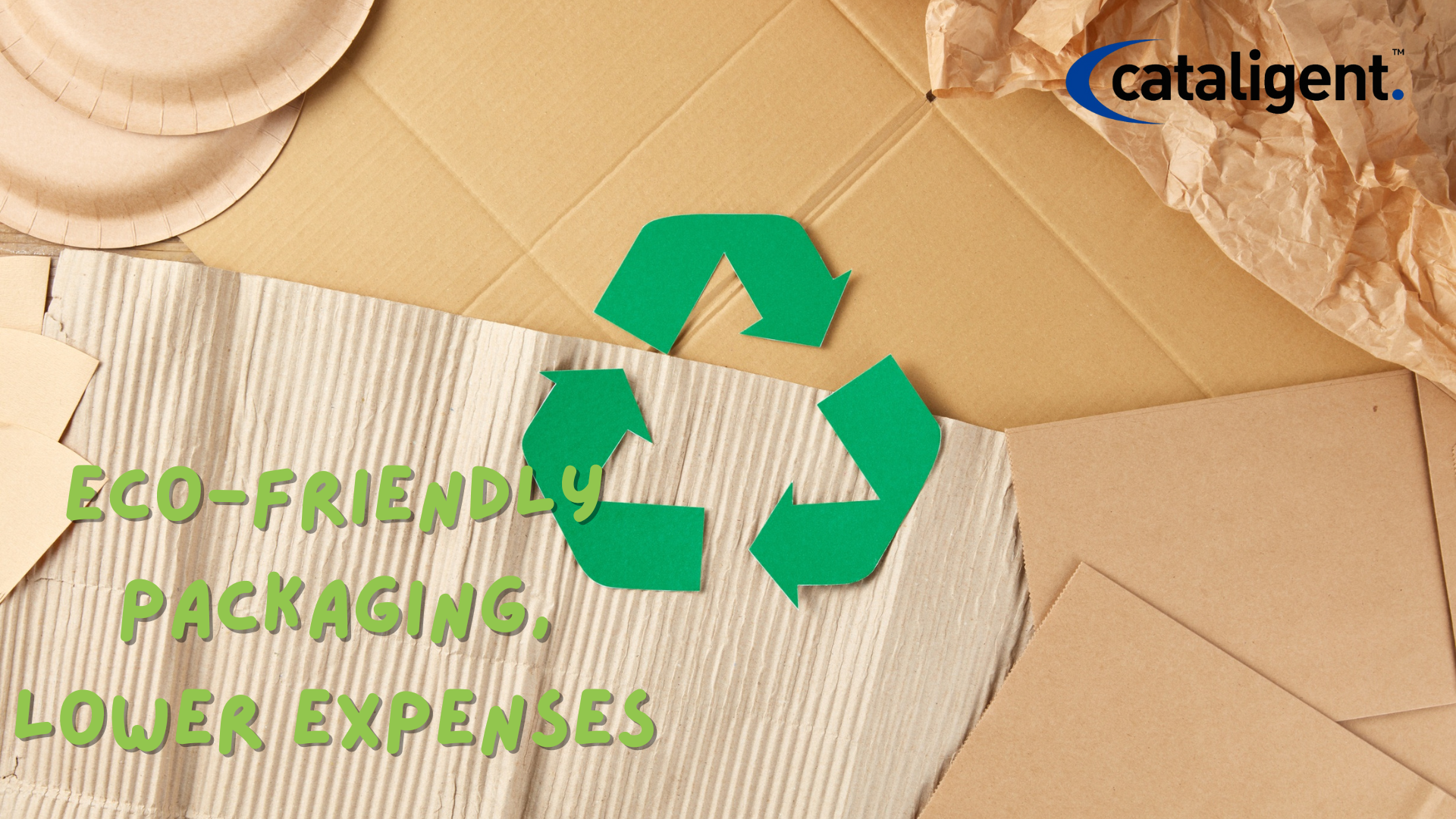Introduction
Packaging plays a crucial role in product protection, branding, and transportation, but excessive packaging can lead to unnecessary costs and environmental waste. Many businesses and industries are now focusing on minimizing packaging waste to improve sustainability, reduce procurement expenses, and lower waste disposal fees. This document explores effective strategies to achieve these goals.
What It Involves
Minimizing packaging waste involves optimizing packaging designs, using sustainable materials, and reducing excess layers or components while ensuring product integrity and customer satisfaction. By implementing smarter packaging solutions, businesses can cut down on material costs and contribute to environmental conservation.
Key Elements of Packaging Waste Reduction:
- Material Optimization: Using fewer resources without compromising quality or durability.
- Sustainable Materials: Transitioning to biodegradable, recyclable, or reusable packaging.
- Efficient Design: Reducing the size and weight of packaging while maintaining functionality.
- Supply Chain Collaboration: Working with suppliers to use eco-friendly and efficient packaging methods.
Cost-Saving Impact
Reducing packaging waste brings significant financial benefits along with environmental advantages. The key cost-saving impacts include:
1. Reduced Procurement Costs
- Using less material lowers manufacturing and purchasing costs.
- Lightweight packaging reduces shipping and transportation expenses.
2. Lower Waste Disposal Fees
- Reducing excess packaging leads to lower waste management and disposal costs.
- Many municipalities and governments impose fees on excessive packaging waste, which can be minimized.
3. Enhanced Brand Reputation and Customer Loyalty
- Consumers prefer sustainable packaging, leading to increased brand trust and potential market expansion.
- Sustainable packaging initiatives can attract eco-conscious customers and provide a competitive advantage.
Implementation Strategies
To successfully minimize packaging waste, businesses must adopt strategic implementation measures. Below are practical steps to achieve this:
1. Use Lightweight, Recyclable Materials
- Replace heavy and non-recyclable packaging materials with sustainable alternatives such as:
- Recycled cardboard and paper
- Biodegradable plastics
- Cornstarch-based packaging
- Mushroom or plant-based packaging
- Ensure the materials are certified by sustainability organizations such as FSC (Forest Stewardship Council) or Cradle to Cradle.
2. Optimize Packaging Design
- Reduce unnecessary layers of packaging while maintaining product protection.
- Design packaging that is easily stackable to maximize shipping efficiency.
- Utilize flexible packaging materials where applicable to reduce weight and material use.
3. Implement Eco-Friendly Printing Techniques
- Use soy-based or water-based inks instead of petroleum-based inks.
- Reduce the use of laminates, coatings, and plastic films that hinder recyclability.
4. Encourage Returnable and Reusable Packaging
- Implement a circular packaging system where customers return packaging for reuse.
- Consider deposit-return systems that incentivize customers to return packaging for recycling or repurposing.
5. Collaborate with Suppliers and Manufacturers
- Work with packaging suppliers to develop customized solutions that use fewer materials.
- Engage with manufacturers to standardize packaging sizes and materials to reduce waste.
6. Educate Employees and Customers
- Train employees on sustainable packaging practices to ensure compliance with waste-reduction policies.
- Educate customers on proper recycling and disposal methods for used packaging materials.
Overcoming Challenges
While minimizing packaging waste is beneficial, there are challenges to consider. Here’s how to address them:
1. Balancing Cost and Sustainability
- Challenge: Some sustainable packaging materials can be more expensive upfront.
- Solution: Implement gradual transitions, leveraging cost savings from material reduction to offset costs.
2. Ensuring Product Protection
- Challenge: Reducing packaging may compromise product safety during transportation.
- Solution: Conduct thorough testing to ensure new designs maintain durability and protection.
3. Customer Perception and Expectations
- Challenge: Customers may expect elaborate packaging for premium products.
- Solution: Educate consumers on the benefits of sustainable packaging and highlight environmental contributions.
Conclusion
Minimizing packaging waste is an effective way for businesses to enhance sustainability while achieving significant cost savings. By optimizing packaging materials, redesigning packaging for efficiency, and promoting recycling initiatives, companies can reduce procurement and waste disposal costs while strengthening brand reputation.
Through a structured approach, collaboration with suppliers, and customer engagement, businesses can successfully transition toward a more sustainable packaging strategy, benefiting both the environment and the bottom line.

